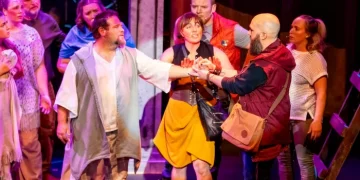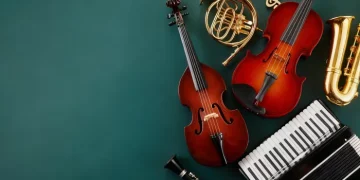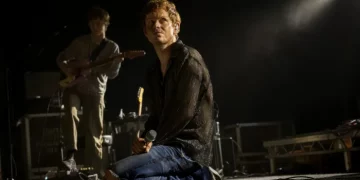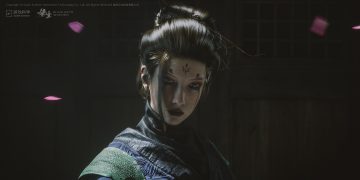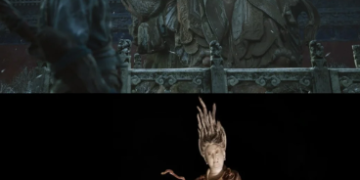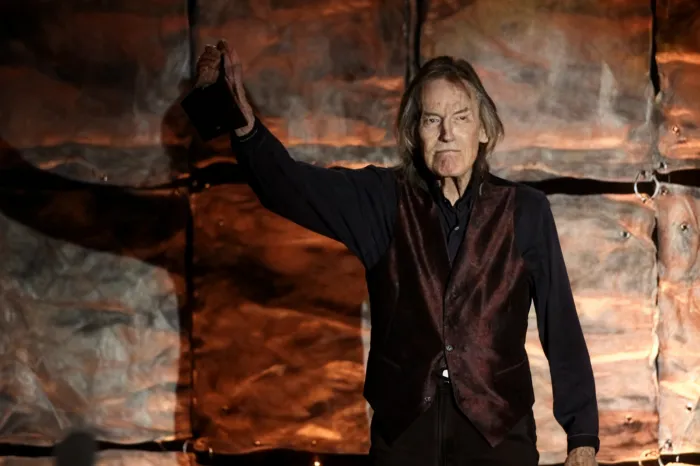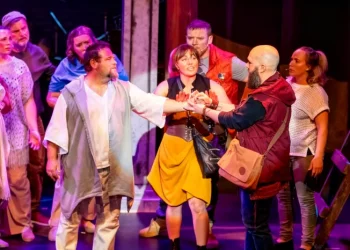Lunar Lyrics and the Irresistible Pull of the Moon
There’s something oddly magnetic about the moon that has compelled generations of musicians to serenade it, lament to it, and occasionally blame it for their peculiar nighttime decisions. From crooners in smoky jazz bars to folk singers perched on the rim of a campfire, the moon has glowed as more than a pale chunk of rock—it’s been the muse behind countless songs. Whether full, waxing, waning, or completely absent (cue the dark songwriters), the moon’s silvery light seems to demand attention from anyone wielding an instrument and a sense of wonder.
So, why do so many songs orbit the moon? For starters, the moon has mastered the art of dramatic entrances—sometimes shyly hiding behind clouds, other times photobombing every romantic stroll. It’s as though the moon is the universal background actor in life’s most important moments, from tear-jerking goodbyes to tipsy late-night confessions. Musicians, ever the sensitive bunch, can’t help lassoing this celestial body into their lyrics.
A Walk Through the Moon’s Musical Hall of Fame
Let’s run through a few classic moon entries in popular music history (without making this sound like an overcaffeinated karaoke host)—beginning with the likes of Frank Sinatra’s “Fly Me to the Moon.” Frank’s smooth, intergalactic invitation is less about actual NASA travel logistics and more about the pure poetry of lunar fascination. Then there’s Creedence Clearwater Revival channeling swampy southern wisdom in “Bad Moon Rising,” making the moon sound like an ominous weather forecast. And what about Cat Stevens, whose “Moonshadow” turns the moon’s gentle light into a metaphor for hope and learning to dance through the dark stuff?
From jazz standards to rock anthems and quirky indie ballads, the moon has inspired genres across the spectrum. Folk singers, in particular, seem drawn to lunar lamentations—perhaps because the moon’s presence is keenly felt during lonely drives and campfire sessions. As noted by Meredith Moon, daughter of legendary folk artist Gordon Lightfoot, roots music thrives on timeless themes and storytelling, often using natural elements like lakes and, of course, the moon, as metaphors for love, loss, and life’s mysteries.
The Moon: Muse, Mischief, and Mood Lighting
Let’s be honest—the moon is a show-off. Its cycles are the original special effects. One night it’s a dazzling, full-faced orb, the next a shy crescent hanging like a sneaky smile. No wonder musicians use the moon to set the mood for heartbreak (“Blue Moon”), romance (“Moon River”), or existential musings (“Talking to the Moon”).
And the moon isn’t just a passive muse—it’s become a cosmic scapegoat for everything from fits of madness (lunar lunacy makes a catchy rhyme) to awkward declarations of love. According to lunar song tradition, if you mess up, you can plausibly claim, “It was a weird moon tonight.” Not even Mercury in retrograde gets this much street cred.
With every passing decade, new moon hits emerge. Contemporary singer-songwriters use the moon not just as a romantic symbol but as a nod to anxiety, reflection, and longing. Bruno Mars’ “Talking to the Moon” serves as a digital-age diary entry—less moonlit walk, more texting your feelings into the void. Lana Del Rey’s noirish ballads often find her swooning under “the pale moonlight,” while indie bands chart their heartbreaks by lunar phases. Each generation discovers the moon anew, wearing its heartbreaks and hopes like faded denim.
The Universal Language of Lunar Lyrical Nostalgia
Why does the moon still matter to songwriters? Because the moon listens. While the sun gets all the headlines for its Vitamin D and cheerful disposition, the moon is the quiet confidant, the late-night lifeguard for sleepless souls and starstruck romantics. Musicians recognize this role; their lyrics are often whispered confessions to an audience of one—just you and the moon.
Sometimes, as with Gordon Lightfoot’s storytelling, songs about the moon and other natural icons serve as poignant reminders of personal and communal loss. Folk music’s tradition of weaving real events (like the sinking of the Edmund Fitzgerald) into myth shows the power of celestial imagery and storytelling intertwined. Even when the moon isn’t the main character, it hovers in the periphery: a witness to life’s drama, a symbol of constancy amid change.
So the next time you hear a moon song—whether it’s on a vinyl crackle, a Spotify playlist, or echoing from a neighbor’s midnight porch—remember: it’s not just another celestial shout-out. It’s musical proof that no matter how far technology takes us, we’ll always need something mysterious overhead. The moon keeps us awkward, poetic, and sometimes just sentimental enough to hum her name as we walk home in the dark.
Conclusion: Let’s Keep Howling
The moon’s playlist is longer than the wait for the next lunar eclipse, and its influence just as enduring. Songs about the moon serve as reminders that, regardless of genre, century, or notoriously questionable dance moves inspired by moonbeams, humans crave connection—to each other, to nature, and to that big pale disc hanging in the night sky. Whether you’re serenading your dog during a full moon or composing tweets drenched in lunar longing, you’re part of a musical tradition that’s literally out of this world. In the end, the moon’s greatest trick might not be controlling the tides, but getting songwriters everywhere to spill their hearts—sometimes with a wink, sometimes with a howl, and always under that old reliable light.

